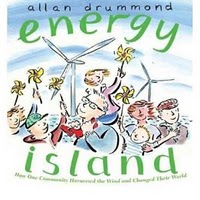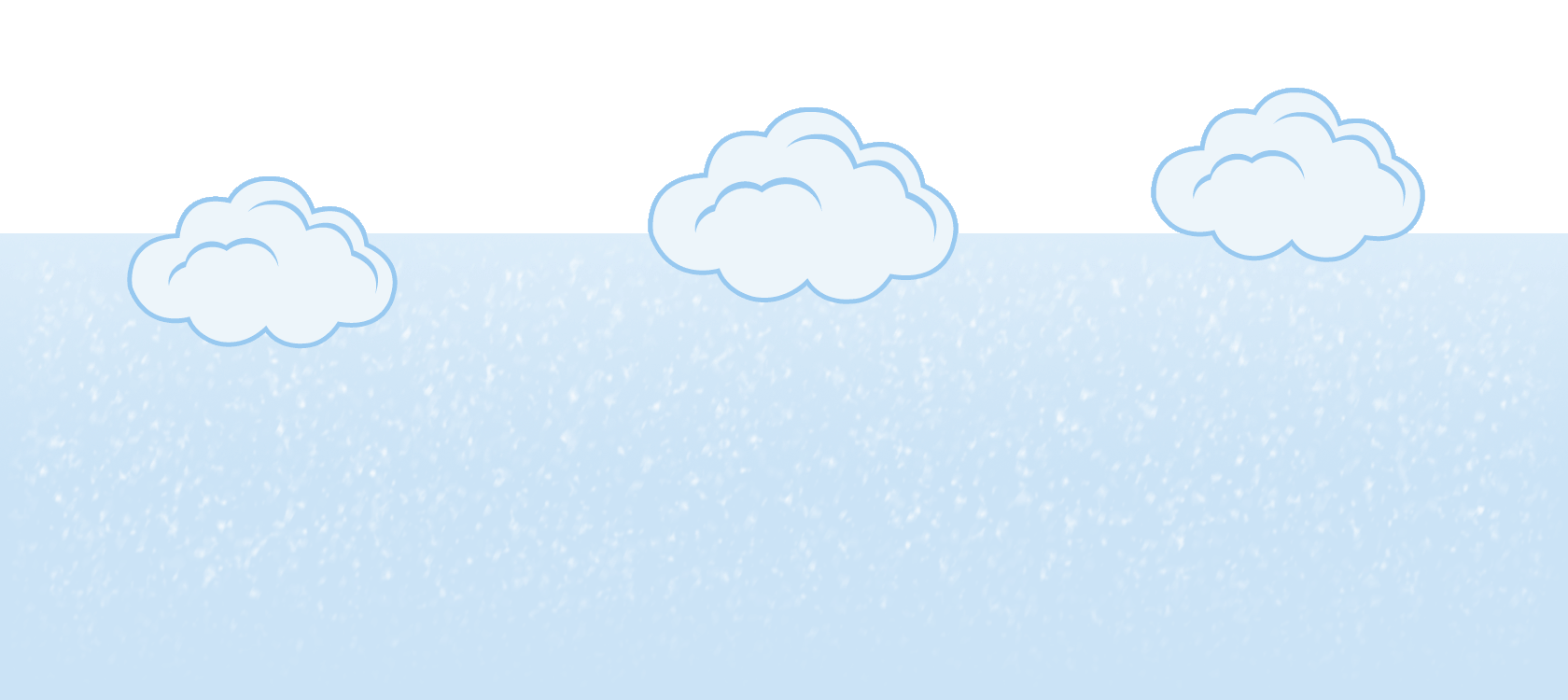In Beyond Weather and the Water Cycle, we’re exploring the Essential Principles of Climate Sciences, which summarize the most important principles and concepts of climate science. In addition to the seven essential principles, the document also includes a Guiding Principle for Informed Climate Decisions. It states:
Humans can take actions to reduce climate change and its impacts.
How can elementary teachers incorporate this guiding principle into their classroom? An emerging best practice from climate research is that teachers are better able to avoid overwhelming students, transcend boredom, and engage students by weaving science content with solutions. In this column, we help you and your students make the connection between knowledge and action.
In this issue, we focus on Essential Principle 2: Climate is regulated by complex interactions among components of the Earth system. This is a great time to focus on how we can use some of these components (wind, sun, water) as renewable energy sources.
 The children’s book Energy Island: How One Community Harnessed the Wind and Changed Their World by Allan Drummond (Farrar, Straus and Giroux, 2011) introduces students to the true story of Samsø, a Danish island that became energy independent in 2008 by relying on wind power, biomass, and solar power. The book presents the idea of relying on renewable energy sources as a fun, nonthreatening challenge. Students will be inspired to find ways to become more energy independent at school and at home.
The children’s book Energy Island: How One Community Harnessed the Wind and Changed Their World by Allan Drummond (Farrar, Straus and Giroux, 2011) introduces students to the true story of Samsø, a Danish island that became energy independent in 2008 by relying on wind power, biomass, and solar power. The book presents the idea of relying on renewable energy sources as a fun, nonthreatening challenge. Students will be inspired to find ways to become more energy independent at school and at home.
Energy Island introduces the concepts of renewable and nonrenewable energy sources. If you’d like to spend time developing these concepts with your students, you might find the lessons described in the article Teaching about Natural Resources and Energy Sources. But, of course, you don’t just want to teach these concepts, you want your students to do something with them!
There are two sides this issue: using more renewable energy and less energy from nonrenewable sources. You may also want to consider two categories of actions: simple, everyday things that your students (and their families) can do and more complex actions that require community involvement.
It’s a good idea to start with the simple actions first. Ask your students to brainstorm ways that they could use renewable energy sources. Possible ideas include riding bikes or walking, drying laundry outside on a line, or using a solar cooker. What about using less nonrenewable energy? Turning off lights, turning down the thermostat in the winter (or up in the summer), or unplugging appliances when not in use are all ways that students can make a difference. The article Taking Action: Energy Efficiency at Home and at School provides resources for helping students make the connection between knowledge and action.
For young students, it’s wise to stop here. Upper-elementary students may be ready to consider more complex, community-based actions. Use Energy Island as an introduction and ask students to brainstorm ways that their community might become more energy independent. Are there already initiatives in place? If not, what natural resources (for example, the wind in Samsø) might be harnessed to provide an energy source? Students might write letters to city officials to ask about or show support for renewable energy initiatives. Or they might create their own plans to make their community energy independent.
What can seem to be simple and fun actions in K-5 classrooms can be a first step in enabling students to become informed consumers of energy. In that way, they too may choose to harness renewable energy sources and change their communities.
This article was written by Jessica Fries-Gaither. Jessica is an education resource specialist at The Ohio State University and project director of Beyond Penguins and Polar Bears. She has taught in elementary and middle school settings. Email Jessica at beyondweather@msteacher.org.
Copyright August 2011 – The Ohio State University. This material is based upon work supported by the National Science Foundation under Grant No. 1034922. Any opinions, findings, and conclusions or recommendations expressed in this material are those of the author(s) and do not necessarily reflect the views of the National Science Foundation. This work is licensed under an Attribution-ShareAlike 3.0 Unported Creative Commons license.



